

As our world increasingly becomes intertwined with digital spaces, one concept that has caught the imagination of tech enthusiasts, futurists, and creatives alike is the metaverse. While definitions may vary, the metaverse at its core is a collective virtual shared space, a universe of digital twins of the physical world, or entirely new worlds, created and maintained by the cumulative efforts of its users.
A true metaverse should have endless possibilities, embodying an infinite digital universe rather than merely a single virtual planet or a confined digital land. It is in this context that the concept of a procedurally generated metaverse emerges as the most fitting solution.
Procedural generation refers to the method of using an algorithm to create data algorithmically rather than manually. In the context of metaverse creation, it means generating endless planets, landscapes, creatures, and more, all based on predefined rules and random numbers. This method has already seen successful implementation in games like “Minecraft” and “No Man’s Sky,” which feature vast, virtually limitless worlds for players to explore.
By employing noise functions that generate pseudorandom values based on input parameters, alongside the use of shaders, textures, and various filtering techniques, procedural generation can create limitless possibilities in a metaverse context. Every planet, city, and landscape would be unique, yet consistently rendered according to the rules of the metaverse. Users could explore uncharted territories, encounter diverse ecosystems, and experience infinite adventures—all within a single metaverse. This boundless space and variety enable a level of freedom, exploration, and creativity that confined digital lands simply cannot offer.
Moreover, with the integration of blockchain technology, these procedurally generated metaverses can provide a novel form of ownership and economy. Cryptocurrencies, custom tokens, and Non-Fungible Tokens (NFTs) could serve as the basis of in-world transactions. Users could own unique pieces of digital real estate, unique characters, or items – all represented by NFTs on a blockchain. This integration would give the users true ownership of their digital assets and their creations, further enhancing the allure of these metaverses.
While the technical challenges to create such a metaverse are non-trivial, the technological trend, driven by improvements in computing power, graphics processing, and the rise of blockchain, makes such a world increasingly feasible. Utilizing languages like C# and Unity libraries for world generation, Solidity for creating Ethereum-based tokens and smart contracts, and libraries like Web3 for bridging the gap between the Ethereum network and the metaverse, we are seeing the building blocks of the limitless metaverse taking shape in our Ghost Metaverse.
In conclusion, a procedurally generated metaverse can offer endless possibilities and foster a sense of exploration, creativity, and ownership. While the road to achieving this ambitious goal will be challenging, the promise of a vast, borderless, and participatory digital universe makes the journey worthwhile. We stand at the threshold of a new era, one where our digital identities and experiences are as rich, varied, and infinite as our physical world, if not more so.
GhoVerse is coming, and it’s bound to be bigger than we can possibly imagine.
Copyright 2023 - GhoVerse powered by DeGame Labs